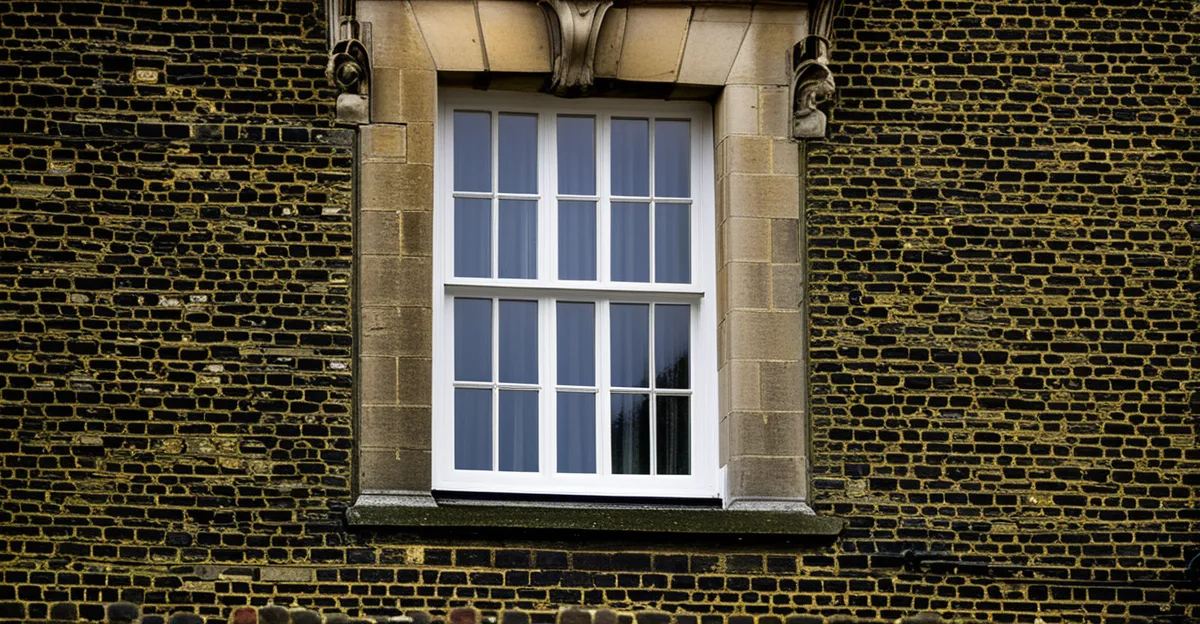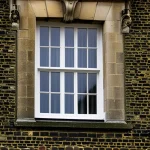Practical Essentials for Maintaining UK Period Homes
Maintaining period homes in the UK demands a proactive approach. Regular inspections are vital to pinpoint early signs of deterioration, such as cracks or moisture intrusion, which, if left unchecked, can escalate into costly repairs. Establishing a clear maintenance schedule tailored to older structures supports consistent care, ensuring that wear and tear are addressed before serious damage occurs.
A key aspect is recognising and preserving original features unique to period homes—these could be decorative plasterwork, sash windows, or timber beams. Preserving such features requires gentle cleaning and repair methods that respect the materials’ age and craftsmanship. When damage occurs, using materials and techniques compatible with the home’s historic fabric is essential to maintain authenticity and structural safety.
Topic to read : How Does Technology Transform the Future of Home Living in the UK?
Additionally, awareness of common issues like outdated wiring or weakened mortar helps in scheduling timely upgrades without compromising the building’s character. Committing to these UK period property care principles prolongs a home’s lifespan and enhances its historic appeal, making essential tips for historic homes not just recommendations but a necessity.
Practical Essentials for Maintaining UK Period Homes
Maintaining UK period property care effectively begins with prioritising regular inspections. These inspections catch early signs of wear, such as moisture ingress or timber decay, preventing minor issues from evolving into major repairs. Early detection allows targeted intervention, reducing overall costs and disruption.
Also read : How do you create a welcoming entrance for a UK home?
Identifying and preserving original features is another cornerstone. Period homes often feature distinctive elements—like sash windows or decorative plasterwork—that must be cleaned and repaired sensitively. Using inappropriate materials risks damaging these features or compromising their appearance. Therefore, selecting compatible materials and conservation methods ensures long-term preservation.
Creating a suitable maintenance schedule tailored to the specific quirks of older structures is vital. Unlike modern buildings, period properties need bespoke plans accounting for their unique materials and construction techniques. Routine tasks might include repointing lime mortar, servicing original boilers, or treating timber for pests.
Adhering to these period homes maintenance tips ensures that your historic home remains a cherished and structurally sound property, keeping its heritage alive while preventing costly deterioration.
Practical Essentials for Maintaining UK Period Homes
Regular inspections form the backbone of effective period homes maintenance tips. Spotting early signs of wear—such as timber decay, mortar erosion, or moisture ingress—allows timely interventions that prevent escalating damage. For instance, small cracks in plaster may hint at structural movement; addressing these early avoids costly repairs later.
Identifying and preserving original features requires knowledge and care. Period homes often include sash windows, decorative plasterwork, and timber beams. These elements are fragile and demand sympathetic cleaning and repair techniques to avoid harm or loss of historic character. Using modern materials unsuited for older fabric risks causing irreversible damage, so sourcing compatible products is essential for UK period property care.
A bespoke maintenance schedule is vital for older buildings, as their unique construction calls for tailored attention. Schedules often include periodic timber treatment, lime mortar repointing, and boiler servicing. Setting reminders for these tasks supports consistent upkeep and protects the home’s longevity.
By combining inspections, preservation of original features, and structured maintenance, homeowners embrace practical essentials that uphold the heritage and structural integrity of period homes. These essential tips for historic homes equip owners to respond proactively and effectively.
Practical Essentials for Maintaining UK Period Homes
Regular inspections remain the cornerstone of effective period homes maintenance tips. Prioritising these checks enables homeowners to detect early signs of wear, such as timber rot, mortar deterioration, or moisture ingress, which if ignored, can develop into costly complications. What makes inspections crucial for UK period property care is that period homes often conceal underlying issues behind their historic craftsmanship. For example, damp patches may indicate hidden leaks or ventilation problems requiring swift action.
Identifying and preserving original features is another essential tip. Features like sash windows, artisanal plasterwork, or aged timber beams define a home’s character but demand careful handling. Damage to these elements can escalate if improper materials or repair methods are used. Therefore, recognising the fragility of these features and conducting sensitive repairs supports conservation goals.
Lastly, a suitable maintenance schedule tailored for older buildings is a must. Unlike newer constructions, period homes need bespoke care—such as lime mortar repointing or timber preservation routines. Incorporating these tasks into a structured plan ensures consistent upkeep, extending preservation and functionality.
Adopting these essential tips for historic homes empowers owners to maintain both the charm and soundness of their period properties effectively.
Practical Essentials for Maintaining UK Period Homes
Prioritising regular inspections is key to effective UK period property care. These checks help detect early signs of wear, such as timber decay or damp, before problems escalate. For example, identifying minor mortar erosion early allows timely period homes maintenance tips interventions like repointing, which prevent structural weakening.
Recognising and preserving original features unique to period homes is essential. Elements such as sash windows, decorative plasterwork, and aged timber beams require careful attention. Using inappropriate materials risks irreversible damage; hence, selecting compatible products and gentle repair methods maintains both character and integrity.
A well-designed maintenance schedule tailored for older buildings supports consistent care. Unlike modern homes, period properties need specific tasks—like lime mortar repointing, timber treatments, and boiler servicing—timed appropriately. Scheduling these promotes long-term upkeep and guards against neglect-related damage.
Combining these essential tips for historic homes empowers owners to protect their property’s heritage and structural soundness while minimising costly repairs.








